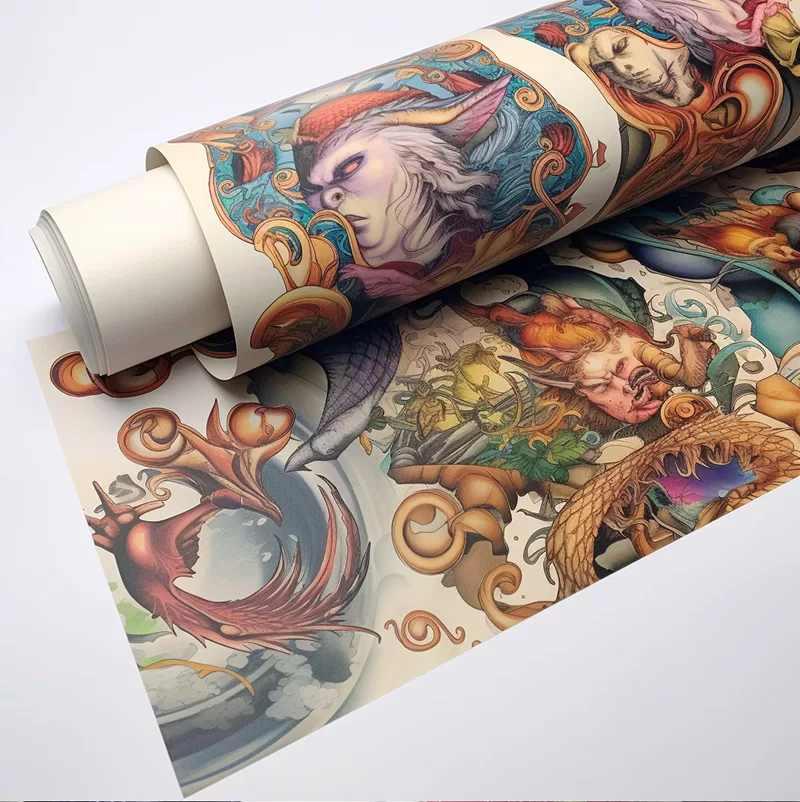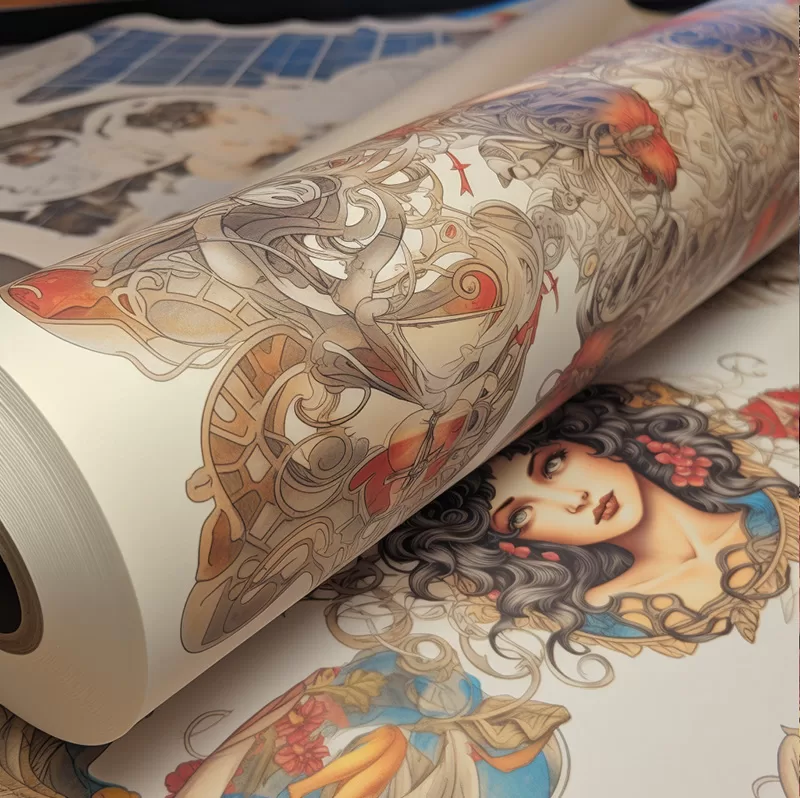DTF Transfer Paper: The Ultimate Guide to Creating High-Quality Prints
DTF transfer paper is a new and exciting technology that has revolutionized the custom apparel printing industry. With this paper, you can create high-quality prints on both light and dark-colored fabrics, opening up endless possibilities for custom apparel and promotional products. In this comprehensive guide, we'll take a closer look at how to use DTF transfer paper to create high-quality prints.

Step 1: Choosing the Right Printer
The first step to using DTF transfer paper is to choose a compatible printer that has a white ink print head. This is crucial because DTF transfer paper requires white ink to be printed first before the color ink is layered on top. It's important to choose a printer that is specifically designed for use with DTF transfer paper to achieve the best results.
Step 2: Preparing Your Artwork
Once you have your printer, the next step is to prepare your artwork. Use high-resolution artwork to ensure clear and sharp prints. Make sure your artwork is properly sized and formatted for the garment you will be printing on. Once your artwork is ready, print it onto the DTF transfer paper using the correct settings for your printer. Follow the manufacturer's instructions for your printer and transfer paper to ensure the best results.
Step 3: Pre-Treating the Garment
Before transferring the design onto the garment, you'll need to pre-treat the garment with a solution designed for use with DTF transfer paper. This pre-treatment solution helps the ink adhere properly to the fabric and ensures a long-lasting print. Follow the manufacturer's instructions for the pre-treatment solution and application process to ensure the best results.
Step 4: Heat Pressing the Transfer Paper
Once the garment is pre-treated, you can heat press the transfer paper onto the garment using the recommended settings for your transfer paper and garment type. It's important to make sure the transfer paper is properly aligned, and the heat press is evenly applying pressure to ensure a successful transfer.
Step 5: Cooling and Peeling the Transfer Paper
After heat pressing the transfer paper onto the garment, allow the transfer paper to cool before peeling it off the garment. Once the transfer paper is removed, you should be left with a high-quality print on the garment.
Step 6: Post-Treating the Garment
To ensure the print lasts as long as possible, you should post-treat the garment with a finishing solution designed for use with DTF transfer paper. This finishing solution helps protect the design and prolong the life of the print. Follow the manufacturer's instructions for the finishing solution and application process to ensure the best results.

DTF transfer paper is a game-changer in the custom apparel printing industry. By following the key steps outlined above and the manufacturer's instructions, you can easily create high-quality prints that are sure to impress. With DTF transfer paper, the possibilities for custom apparel and promotional products are endless. So, go ahead and unleash your creativity with DTF transfer paper!

